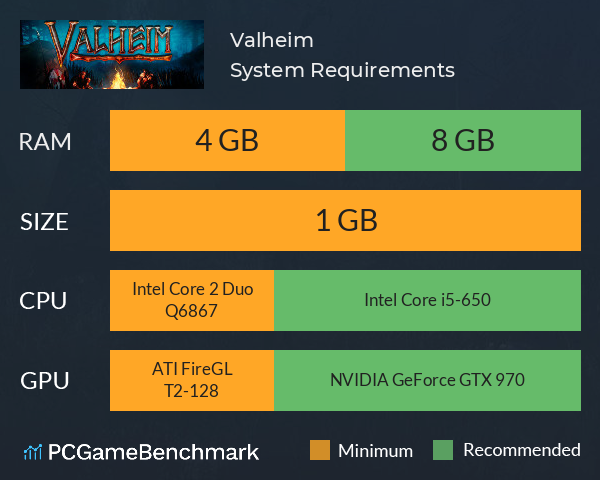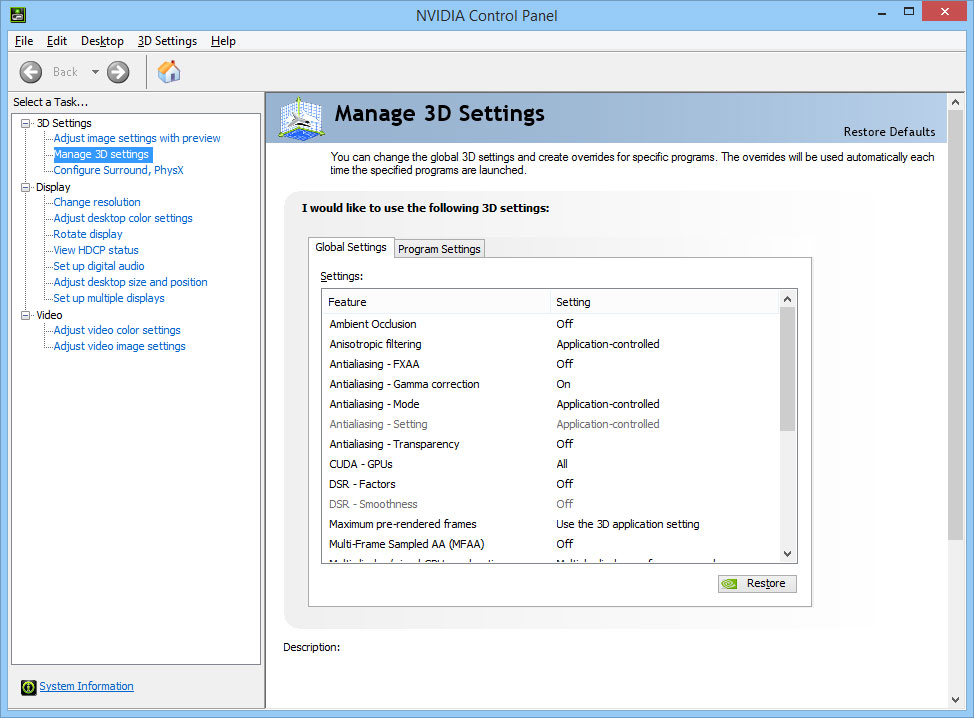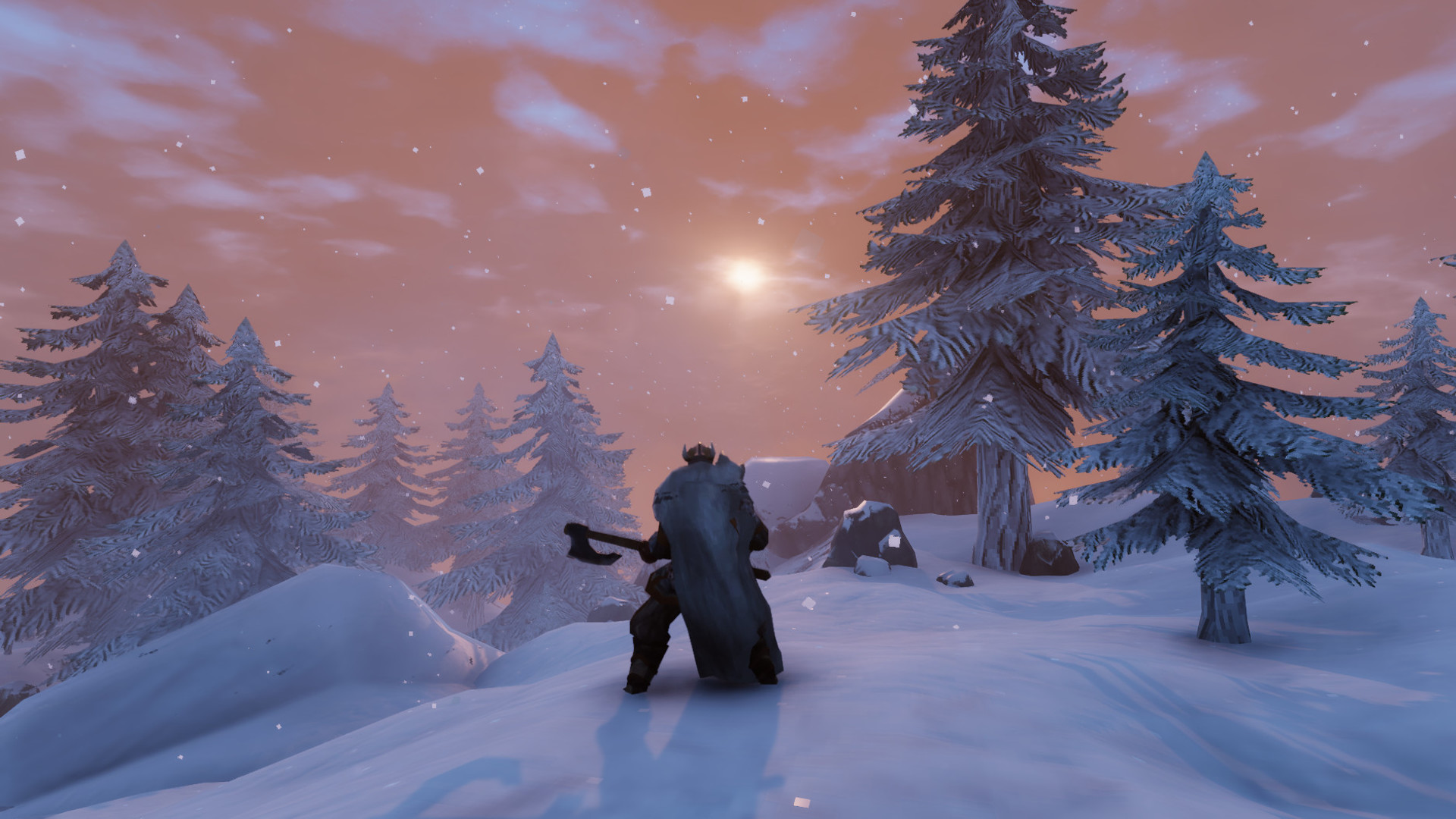Valheim is one of the largest and most successful games out there right now. The game took the world by storm, and has continued that trajectory since its initial launch in February. There’s no shortage of news or coverage, and rightfully so. Despite the fact that the game hasn’t had a full launch, and is still in early access, Valheim has managed to sell better and become more popular than most games manage in their entire lifespans. So needless to say, we expect big things in the future, like the updates that are in work, bringing new content to the game.
Still, there’s a lot of work to be done before Valheim’s developers can rest on their laurels. Of course, the game hasn’t been released yet, and that involves a lot of work. Secondly, the game will need new updates periodically and patches accordingly. Next, a console port seems in order, and the demand for the game certainly justifies that aim. And each step of the way, the game developers need to work with fans to build a stable community. As a game relatively fresh out of the oven, it’s too early to predict how well it will age. However, with a charismatic beginning and its meteoric rise to success, it’s quite plausible that Valheim will really go the whole way. We can certainly perceive Valheim going down in the annals of gaming history.
Judging from critical response and user reviews, Iron Gate Studios has all the support it’s going to need. Fans of the game spend thousands of hours in-game every day, and that number is only increasing. However, the game is definitely not as polished as it could be, and it does have several bugs. With so much work piled up, Iron Gate might not always be able to step in with patches. This means a lot of users have reported being unable to play the game at all. Let’s talk more about the glitchy aspects of Valheim, and how to increase Valheim framerates.
Up To 90% Off on Latest PC Games – Visit CDKEYS Now
Valheim can sometimes become a graphical mess
While unrivalled in terms of open world exploration and crafting, the game does not always impress on the graphics side of things. We can forgive low resolution textures and relatively unsophisticated polygon effects. Those are artistic choices, and we might not prefer them, but we can respect the decisions made there. We have less patience when it comes to more severe problems the graphics present. Users have reported severe and sudden frame rate spikes when near large constructs, and the underlying issues have never been addressed. Interestingly, people have theorized that the servers have to handle the raw landscape and the changes people make to it together. This leads to the servers having to do twice the work for no reason, and explains why they might overload so quickly.
Furthermore, many people have been less than satisfied by the overall lighting effects. As with the frame rate, these can be very inconsistent. Normally, this would be considered nitpicking, but when your textures are low quality by default and your visuals rely on playing with lighting effects, graphics take a dive. The frame rate issues even in the default overworld also are quite game-breaking. Overall, Valheim needs to be retooled, and quick, because the longer these issues persist, the more people will be put off from trying out this amazing game.
As usual, where companies fail to step in with fixes, the good people of the internet come forth with answers. As you wait the many months until fixes finally arrive, as Cyberpunk fans did, we have a quick list of fixes anyone can do. Even if you aren’t the most tech savvy, we included instructions with each step. Basically, this guide is foolproof, and comes with absolutely no risk of ruining your system, so there’s no reason to not try it out. Let’s jump right into it.
1) Make sure your PC meets the system requirements
Valheim is something of a doozy when it comes to AAA PC games. It carries some interesting choices in term of graphical textures and art style. This results in it straddling the border between a game with old school polygons and cutting edge color gradients. For instance, the character models seem to intentionally harken back to the days of legacy Runescape. But the global illumination, the way the beams of sunlight color and shade in the world around you? Purely stunning, and no doubt quite GPU and CPU intensive.
Therefore, it is important to make sure your gaming rig can match the hefty requirements of this title. While it seems like an unfinished, indie-ish Steam title would prove easy to run, looks are deceptive. Valheim’s official developer profiles on the Steam Marketplace and social media have detailed the system requirements needed to smoothly run the game. The minimum and maximum requirements to run Valheim include:

It is important to meet or exceed these two fixed points of measuring performance. The three most important components to focus on, the CPU, GPU and RAM, usually make or break a AAA gaming experience. Therefore, it is essential that you check your hardware’s specs online and compare with the minimum and maximum requirements. If you feel like one or all three of these core components is insufficient, you can always upgrade them. And, last but not least, make sure you have at least 1.5 GB free (in case the 1 GB allocation isn’t enough for downloads).
2) Ensure that your game ready drivers are completely updated
On the PC side of the gaming community, the replacement of entire machinery parts is common yet baffling to some. After all, how can one expect to game so effortlessly and with impressive features like uncapped framerates? However, the real secret to why PC gaming is so efficient compared to constant console refreshes and cycles is its frequent software improvements. What could make for a better example than the regular software updates that come to the GPU? These updates come to the ‘game ready drivers’ that power the graphics card to run the latest AAA titles, and are vital to the gaming process. Game driver updates can significantly improve the way games run, and how players enjoy them. Even big, highly-anticipated features like DLSS 2.0 coming to Call of Duty: Warzone eventually is a remarkable attestation on what driver updates bring.
Up To 90% Off on Latest PC Games – Visit CDKEYS Now
Aside from added features like DLSS and Nvidia Reflex (which reduces in-game system lag), driver updates do so much more. For example, they can also contain fixes for bugs and errors plaguing games. In other cases, they aim to optimize gaming PC’s for a more ideal, powerful experience, free from bloat. This can directly resolve numerous issues like Valheim glitch prevention, hotfixes and patches. Therefore, words can’t express just how important it is to always try to get the latest downloads when it comes to game driver updates.
The source of your graphics card, its manufacturer, essentially decides where to get your new driver updates. For Nvidia GPU owners, check the GeForce Experience app for pending downloads. If you run an AMD GPU, check the official site here. Remember, regular updates mean faster game improvements!
3) Tweak your GPU instructions in the system settings
If you run an Nvidia card right now, then keep in mind that these graphics cards often have minds of their own. Perfectly viable options, sidelined by a host of annoying default settings. These default settings may seem useful, but in reality may prove counterintuitive. You’ll not not even know when a certain setting shows up and ruins your gaming process. Some of these even straight up hinder performance if left enabled.

The first thing to try is to open your Control Panel. This process differs for Nvidia and AMD users, so let’s detail how to fix Valheim crashes first. To get started, right click on your desktop blank wallpaper, not an icon. From there, select Manage 3D settings, then head to Select Global Settings. Add the program in question to the software tool, then specify which tweaks you want to make.
You can do a few major changes right in this very tab. Change your Power Management and Display Modes to Performance Mode, and turn off Image Sharpening. In addition, disable Low Latency Mode, and set Max Frames to 1. Then, try to enable Threaded Optimization and lastly, enable G-Sync if your monitor supports it.
Up To 90% Off on Latest PC Games – Visit CDKEYS Now
For AMD users, use the same right click on desktop wallpaper option to open the AMD Radeon Control Panel. Select the Global Graphics tab, and you’ll now have access to the advanced editing tools. From here, disable the built-in AMD services Radeon Chill, Boost and Anti-Lag, and then disable Vertical Refresh (V-Sync). the next step is to disable Image Sharpening and Anisotropic Filtering, and Framerate Target Control. Lastly, set Tessellation and Shader cache to AMD Optimized Mode, and sit back and watch as your Valheim performance increases drastically.
With all of these changes made, you should now see better performance on Valheim. These tweaks will improve Valheim FPS, prevent crashes and cut back on errors and glitches, as there is less load on the CPU and GPU. All in all, this will help immensely to boosting your game’s performance!
For more on gaming, tips, guides and news, stay posted!


